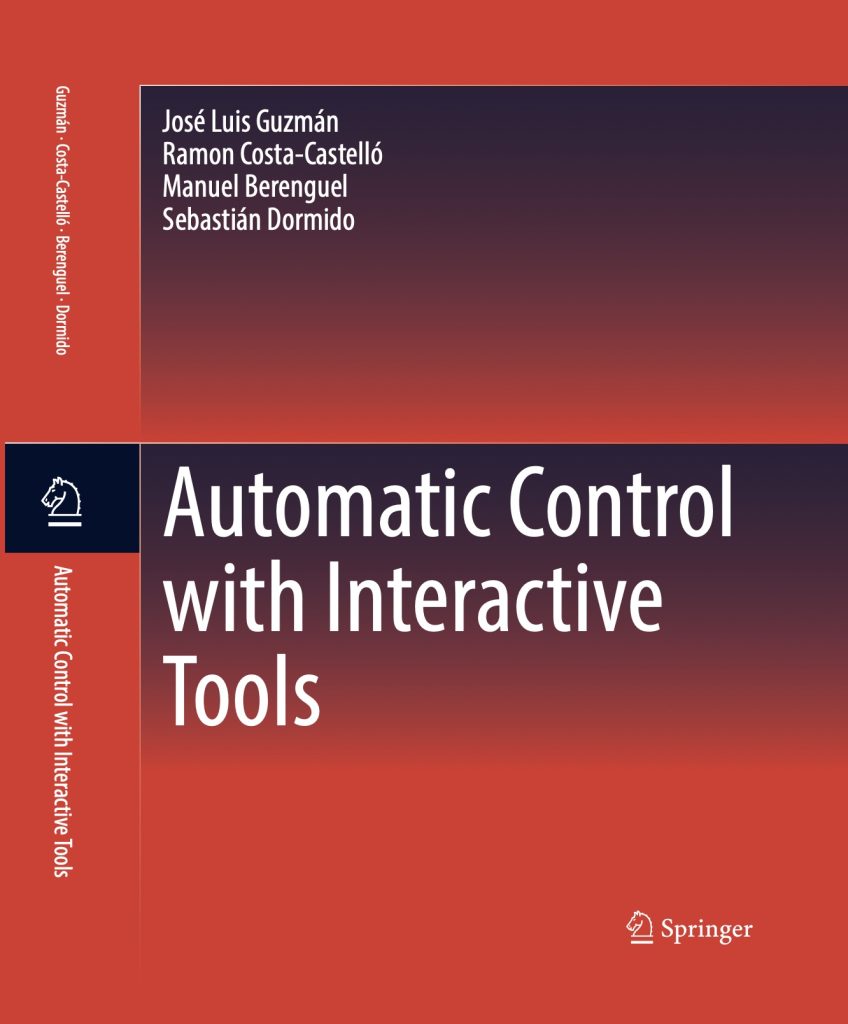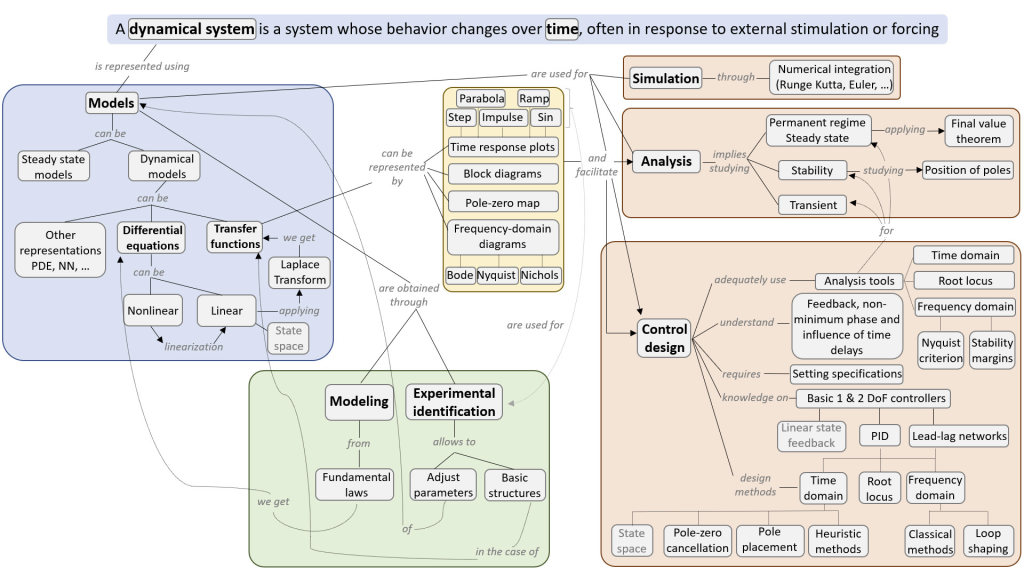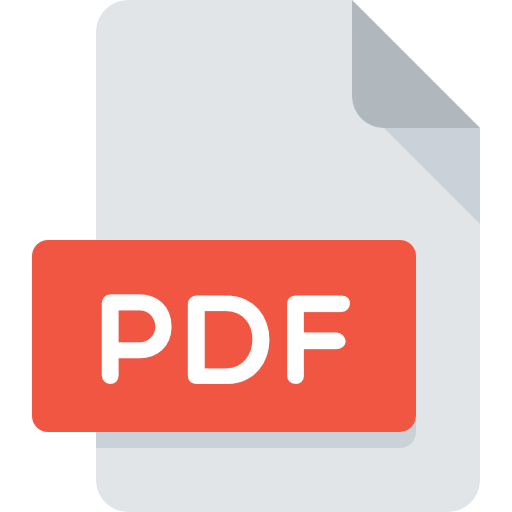
Many engineering curricula have only an introductory course in automatic control, which usually takes one semester. It contains a large number of new concepts to be assimilated by students, who generally find it very difficult to a thorough understanding of the subject. This also poses a challenge for teachers.
One objective of this text is to promote the continued study and to encourage individual student work through a set of interactive materials, which are useful for both teacher and students. Rather than the concepts to be introduced, the book has focused on how to present each of them. Once the ideas that are relevant have been identified, consideration has been given to how to visualize and formulate them through example-based learning.
The methodology of study proposed in this book also allows students to solve exercises and provide the solution in the form of short videos, so that the teacher can check whether the students are simply “playing” with the tool looking for a solution or whether they are understanding the concept through the use of the tool, as the main aim is to promote “what if” analysis.
The role of this new interactive learning experience in automatic control curricula is twofold:
- To provide a new method for generating learning material that allows introducing the concepts of control systems engineering through interactive applications.
- To provide a new opportunity to innovate in laboratory work where students can analyze, design and modify control engineering systems through interactive tools.
Conceptual map of this book

